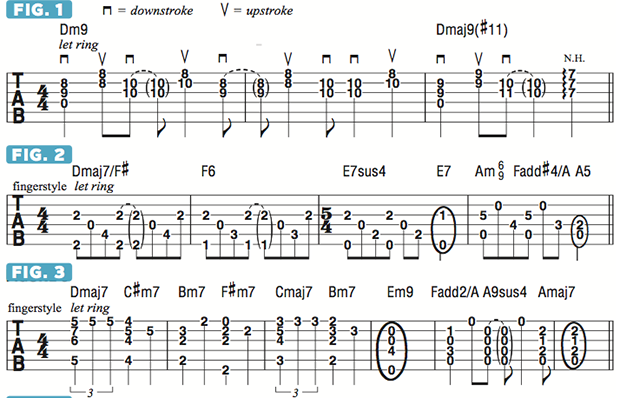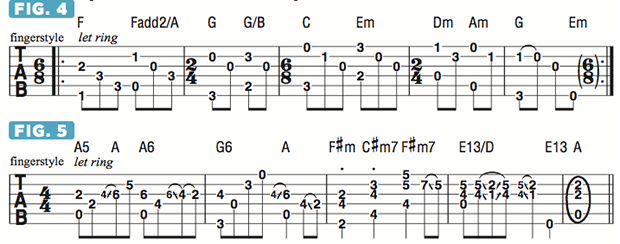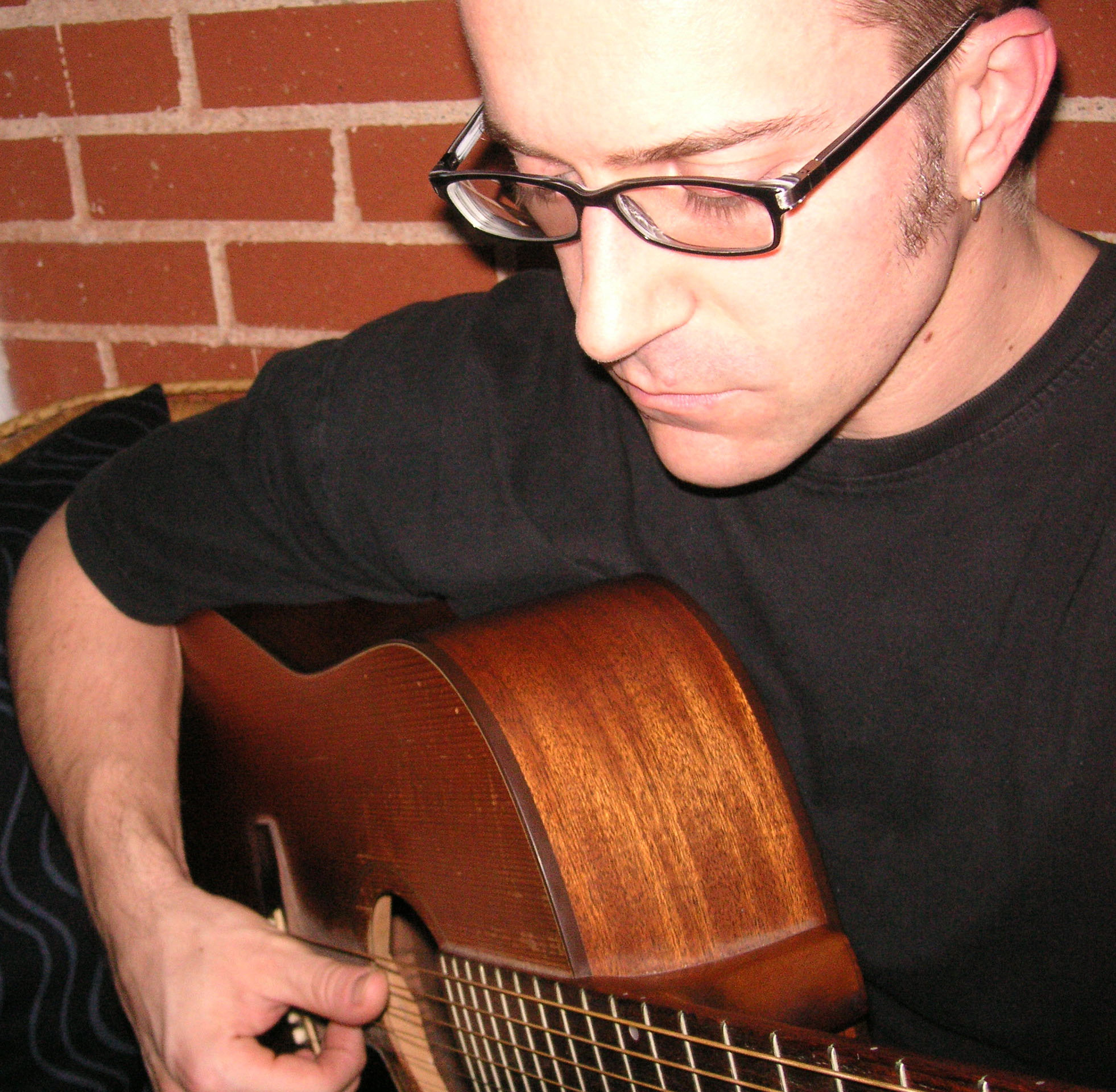Pat Metheny's Enigmatic Acoustic Work

Pat Metheny mastered jazz at an uncommonly young age, touring with legendary vibraphonist Gary Burton while still in his teens.
Time spent as a student (and quickly, instructor) at the University of Miami led to many collaborations with bass icon Jaco Pastorius.
By the 1975 recording of his solo debut, Bright Size Life, Metheny’s signature modern jazz guitar style—characterized by slippery, horn-like legato phrasing and finger slides, crafty use of chromatics, unpredictable, syncopated rhythms, broad dynamic range and superb tone—was already honed.
For 40 years, Metheny’s musical path continuously evolved, embracing acoustic, electronic and symphonic sounds, pitting him alongside disparate luminaries like David Bowie, Joni Mitchell, Ornette Coleman, Steve Reich, Bruce Hornsby, Carlos Santana and Herbie Hancock. Pat’s pioneering use of guitar synths, such as the Synclavier (early digital sampler/workstation), unusual “harp” guitars (including a 42-string Pikasso) and the Orchestrion (a player-piano-inspired robotic mini orchestra controlled by guitar) puts him in a league of his own.
Today, with 20 Grammy Awards (in 10 different categories) among his numerous accolades, we celebrate Pat Metheny with a lesson examining his acoustic output. After his Bright Size Life and Watercolors albums, the Pat Metheny Group, featuring Lyle Mays (piano/synth), Mark Egan (bass) and Danny Gottlieb (drums), was formed, issuing their self-tilted debut in 1978.
“Phase Dance,” propelled by a Latin-flavored acoustic picking riff akin to FIGURE 1, contributed much to PMG’s success. The tune has since become a concert-opening Metheny standard. Pat employed “Nashville tuning” for this song, replacing the guitar’s lowest four strings with much thinner strings tuned one octave higher, like the additional “small strings” on a 12-string guitar.
In 1979, Metheny released the solo album New Chautauqua, which features the master musician wielding a host of stringed instruments (all elaborately overdubbed), including a 15-string harp guitar. Standout tracks include Nashville-tuned nuggets like “Country Poem” and “Sueno Con Mexico,” along with conventional acoustic pieces like “Heritage,” its fingerpicked, low-register chords informing FIGURE 2.
Get The Pick Newsletter
All the latest guitar news, interviews, lessons, reviews, deals and more, direct to your inbox!
Metheny and Mays combined forces in 1981 for the duo project, As Falls Wichita, So Falls Wichita Falls, which also features vocalist/percussionist Nana Vasconcelos. The composition “September Fifteenth” was penned for that album in honor of the late jazz pianist Bill Evans, deceased on that date the previous year; the track features unpredictable harmonic shifts and lush voicings like those in FIGURE 3.
First Circle marked a huge leap forward for the Pat Metheny Group, its deep musical explorations, top-notch performances and stellar production netting 1985’s Best Jazz Fusion Performance Grammy. The Group’s core lineup would remain unchanged for 15 years, paving the way for future successes like Still Life (Talking) and Letter from Home.
FIGURE 4 illustrates a variation on Metheny’s oddly grouped arpeggios heard midway through the latter album’s title track. For 2003’s One Quiet Night, Metheny rolled tape in his home studio and cut a handful of beautiful solo acoustic arrangements—songs like the Norah Jones hit “I Don’t Know Why,” along with some originals—on his Linda Manzer baritone acoustic [standard tuning, down a perfect fifth (A D G C E A), with the middle two strings tuned up one octave].
FIGURE 5 is a nod to his solo rendition of “Last Train Home,” a classic Metheny instrumental first released on Still Life (Talking).
Watch Scrolling Tabs for This Lesson!FIGURE 1
FIGURE 2
FIGURE 3
FIGURE 4
FIGURE 5


A singer-songwriter/multi-instrumentalist/film composer, Musician's Institute instructor, and author of 50+ transcription/instructional books, Dale Turner is also Guitar World's "Hole Notes"/"Acoustic Nation" columnist, and the former West Coast Editor of Guitar One magazine. Some of Dale’s old, weird, rare, and/or exotic instruments are featured in his score for WEEDS, the first animated short completed within the Filmmakers Co-op at Disney Feature Animation. His most recent CD, Mannerisms Magnified, was praised by Guitar Player magazine for its "Smart pop tunes that are crammed with interesting guitar parts and tones ... Like what the Beach Boys might do if they were on an acid trip that was on the verge of getting out of control. Yeah!"
"Upgrading from your entry-level acoustic opens the door to an entirely new world of tonewoods, body shapes, and brands": 6 signs it's time to upgrade from your first acoustic guitar
"I'm past my prime": 5 common excuses for not learning the guitar – and 5 body and mind-boosting reasons you should


![John Mayer and Bob Weir [left] of Dead & Company photographed against a grey background. Mayer wears a blue overshirt and has his signature Silver Sky on his shoulder. Weir wears grey and a bolo tie.](https://cdn.mos.cms.futurecdn.net/C6niSAybzVCHoYcpJ8ZZgE.jpg)

![A black-and-white action shot of Sergeant Thunderhoof perform live: [from left] Mark Sayer, Dan Flitcroft, Jim Camp and Josh Gallop](https://cdn.mos.cms.futurecdn.net/am3UhJbsxAE239XRRZ8zC8.jpg)





